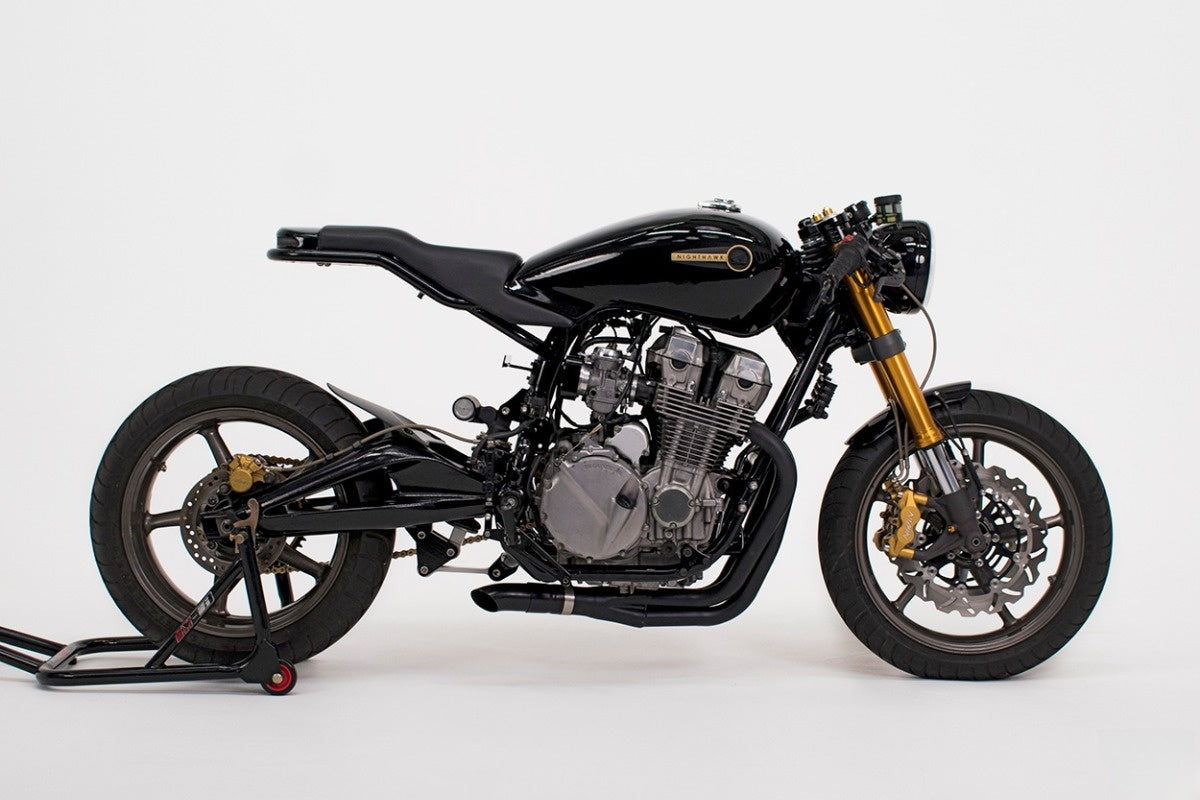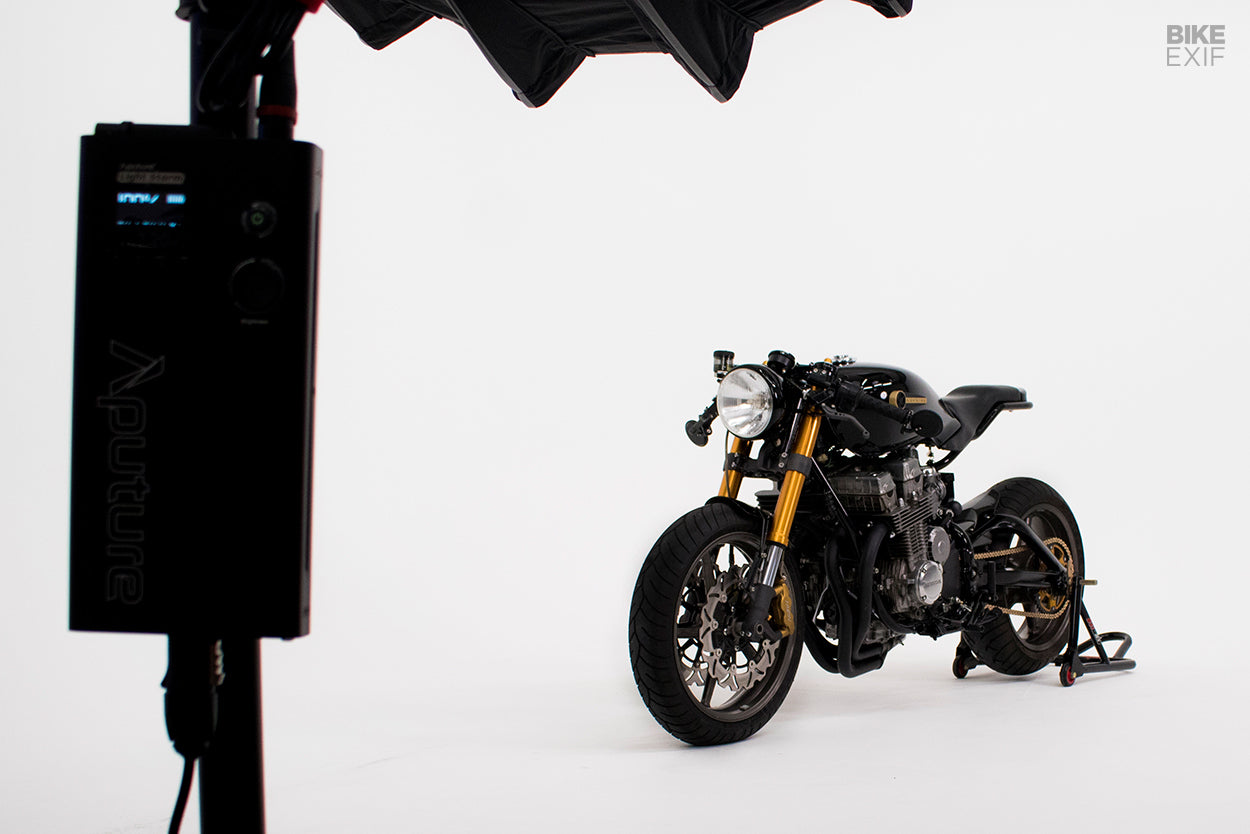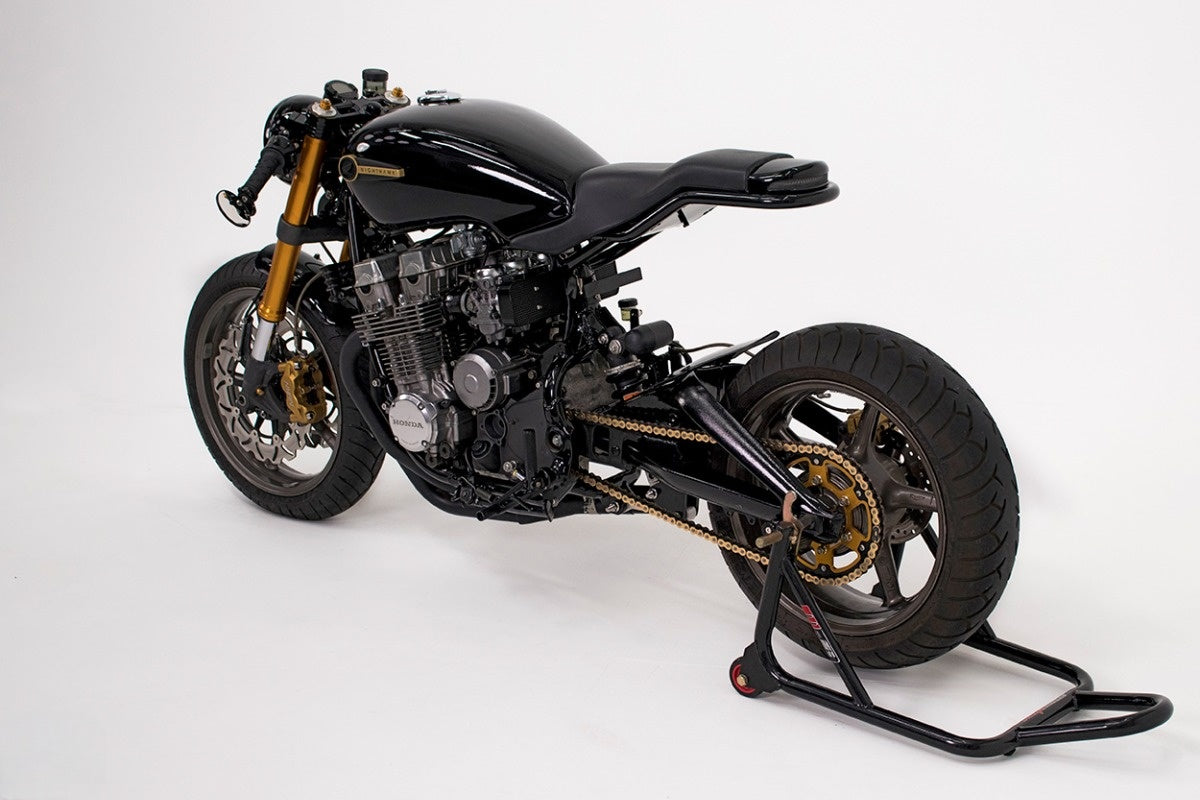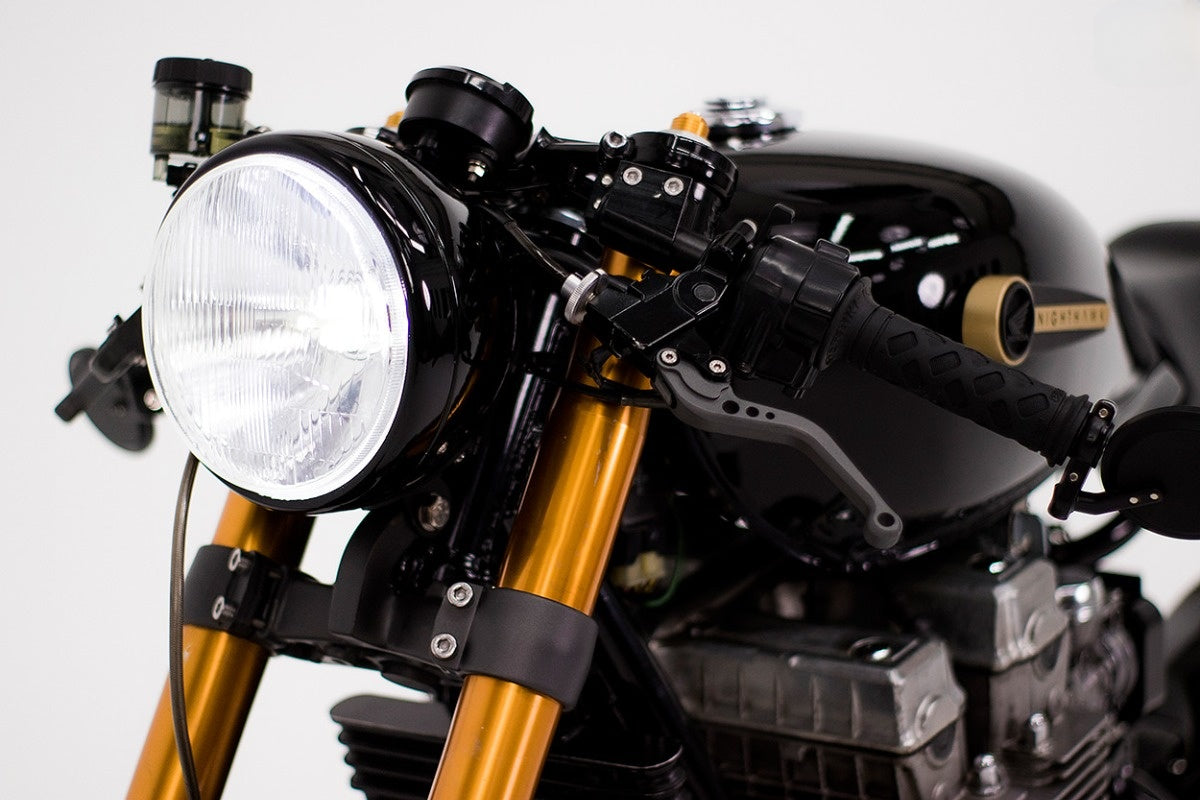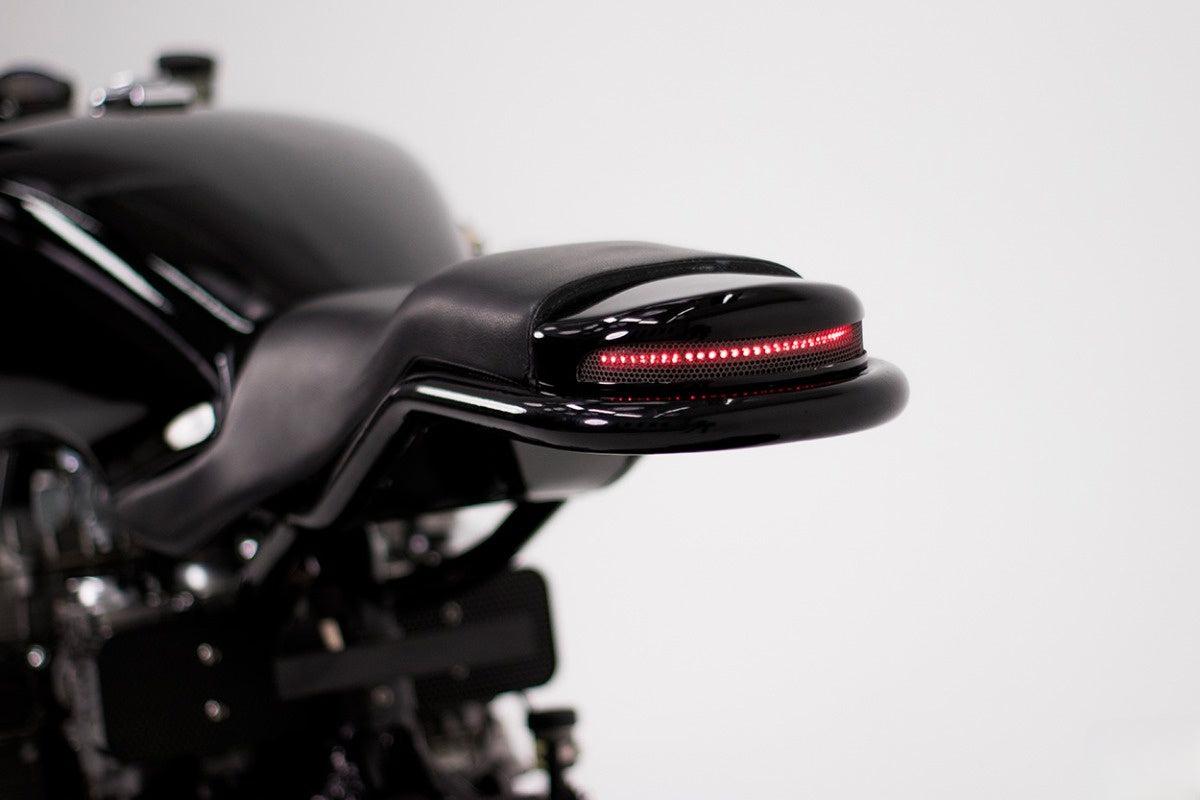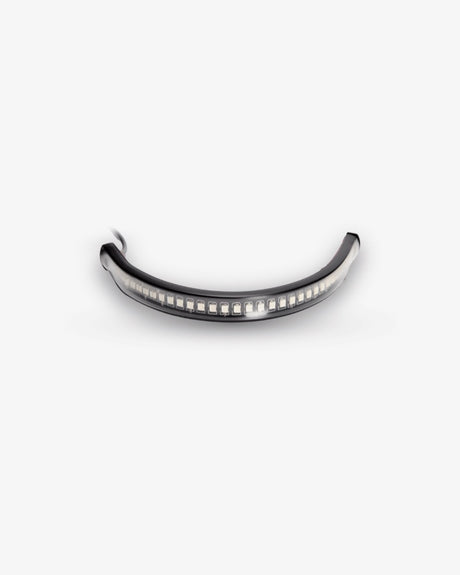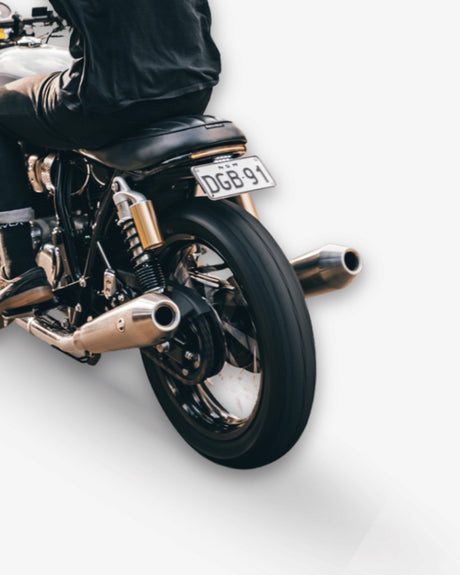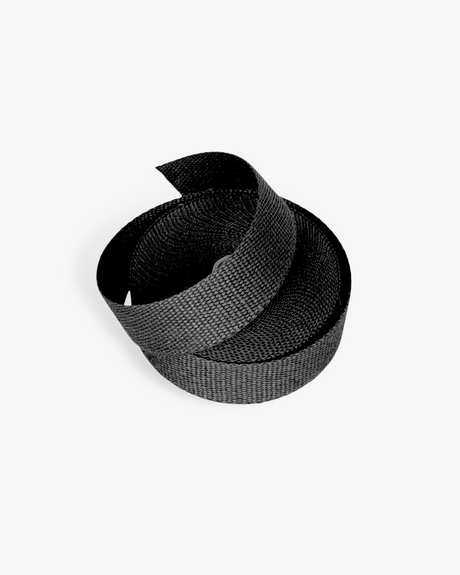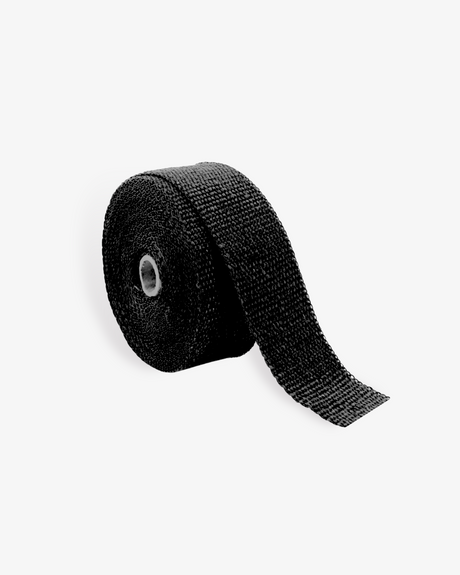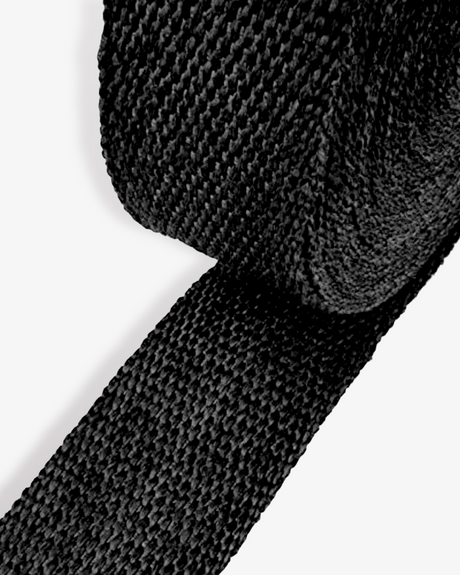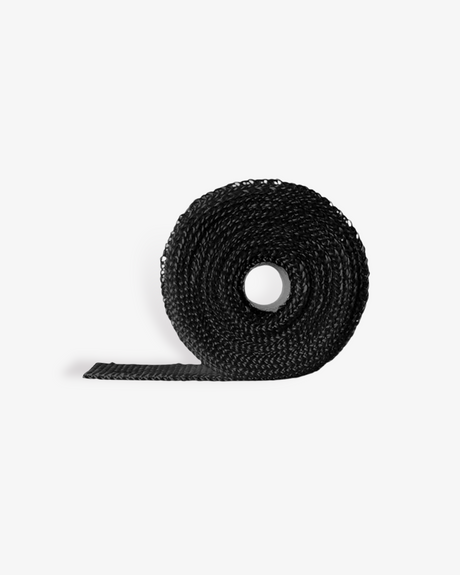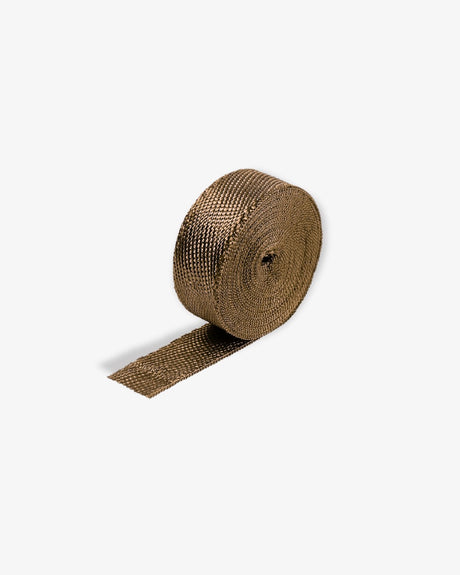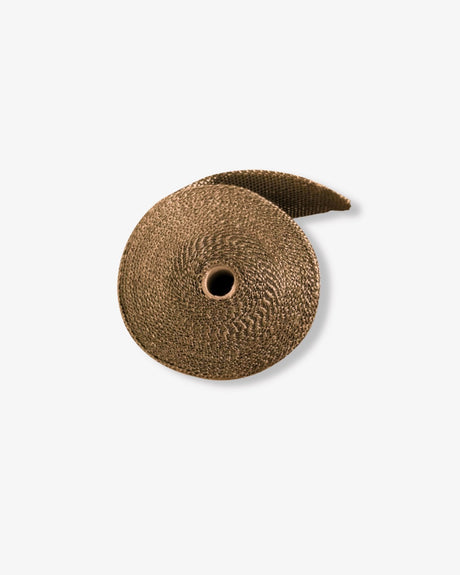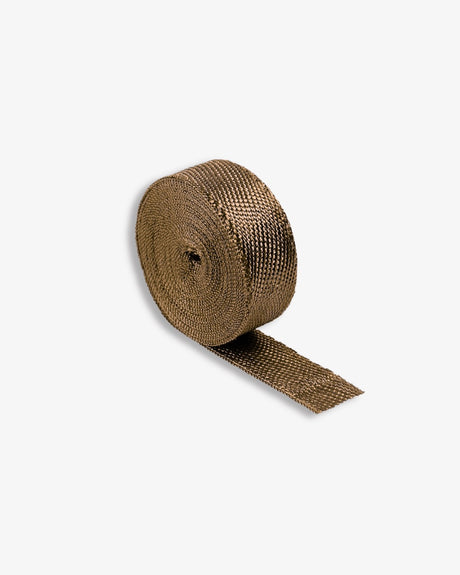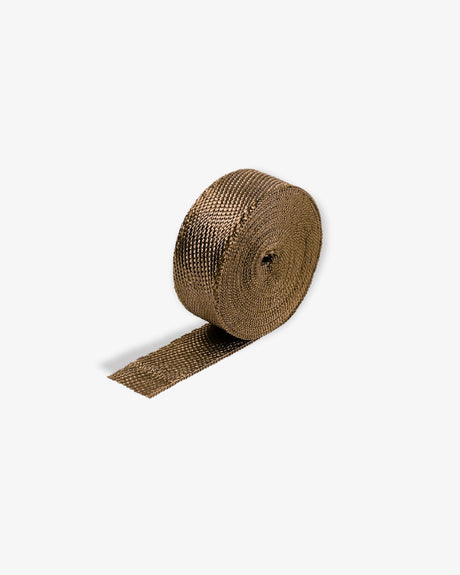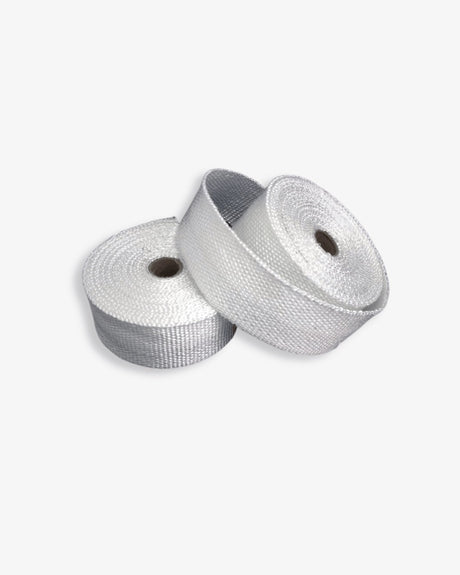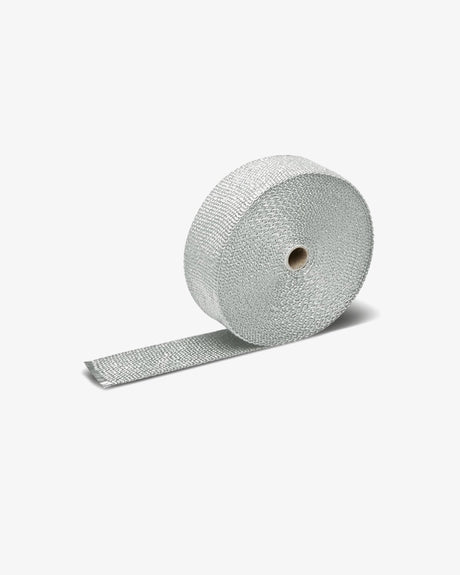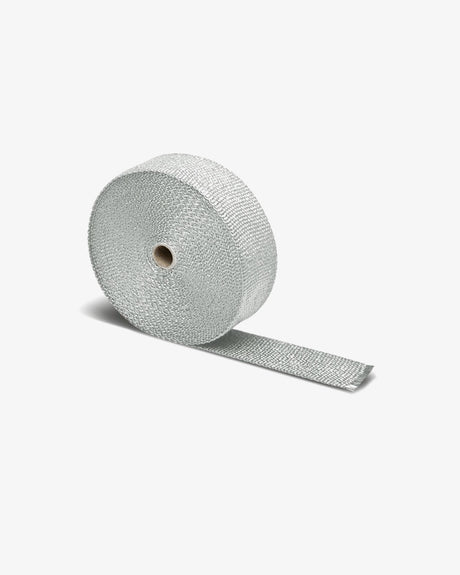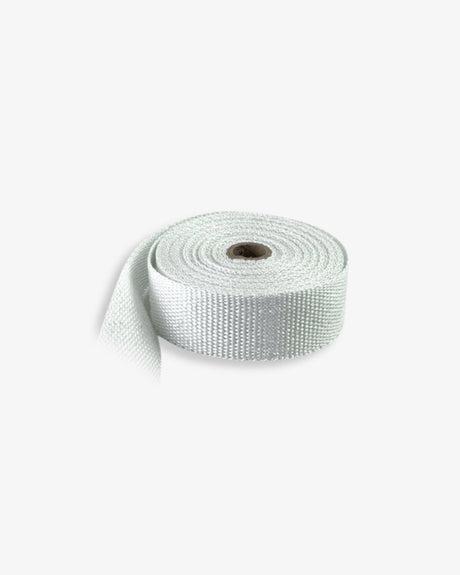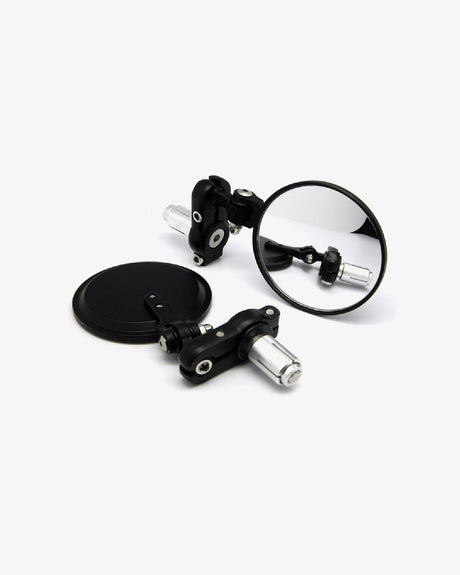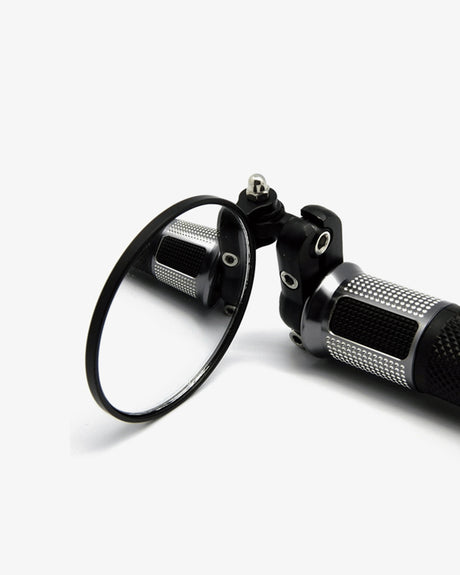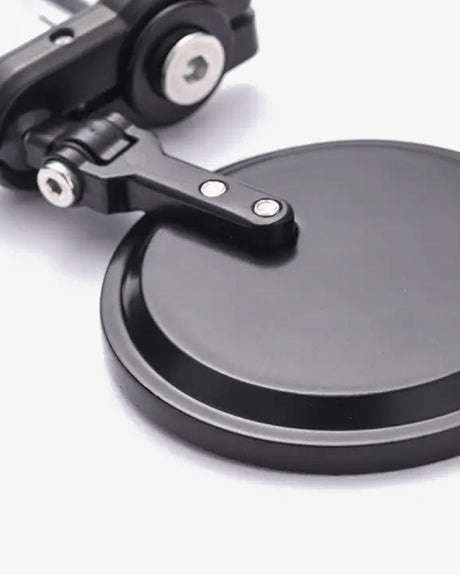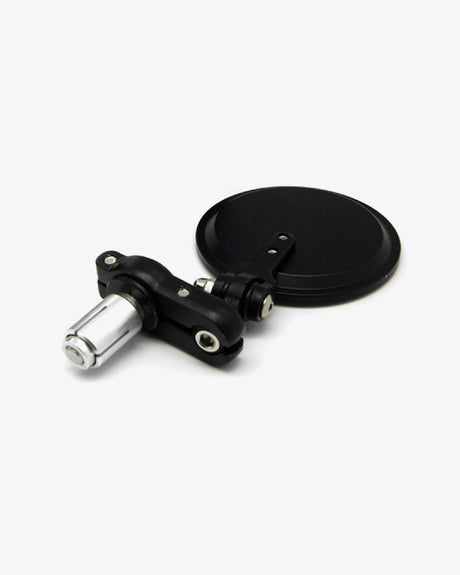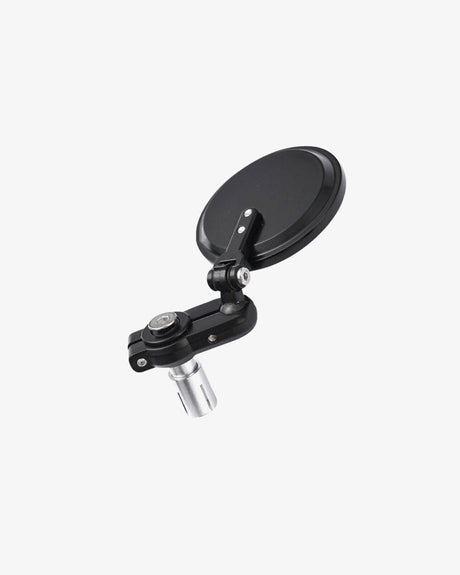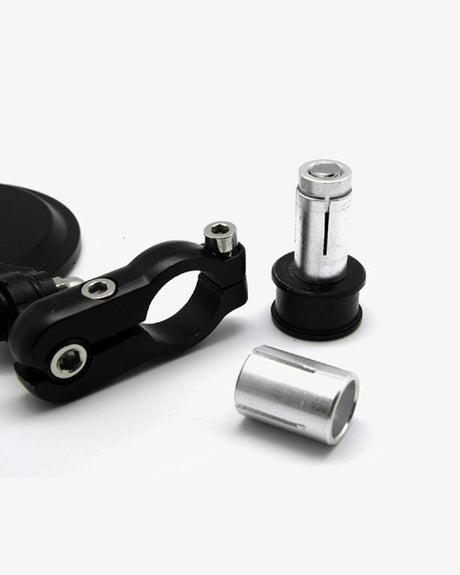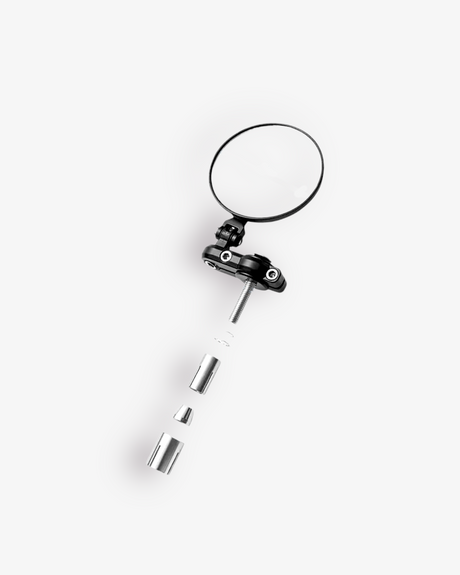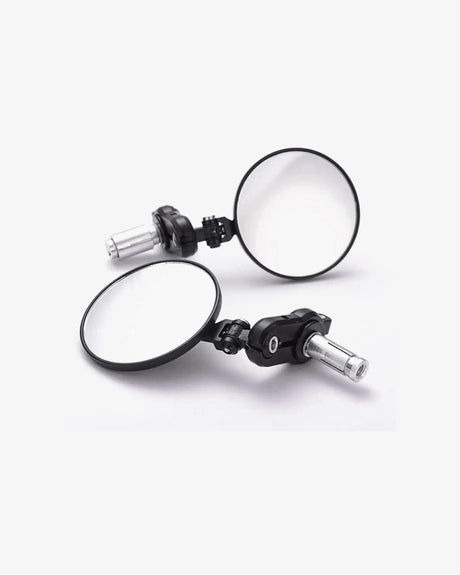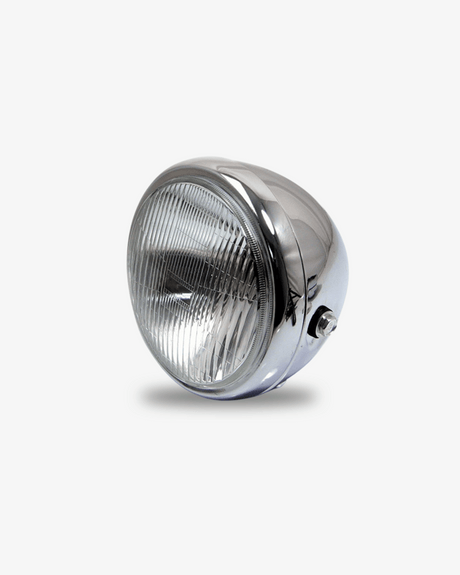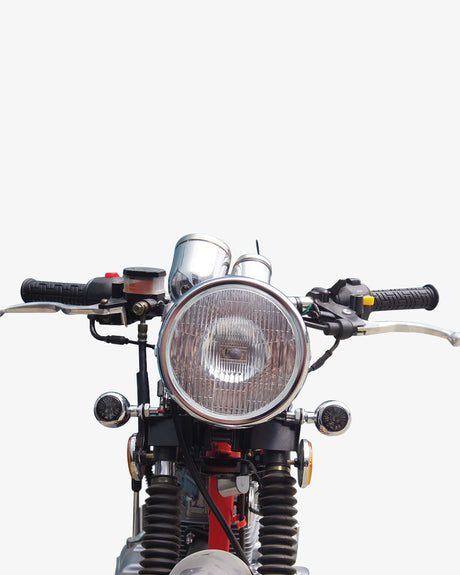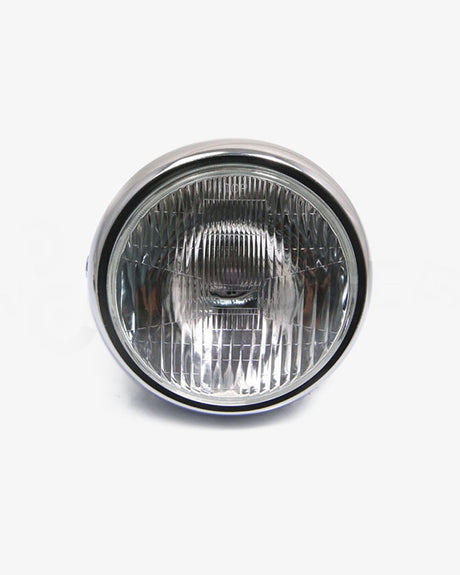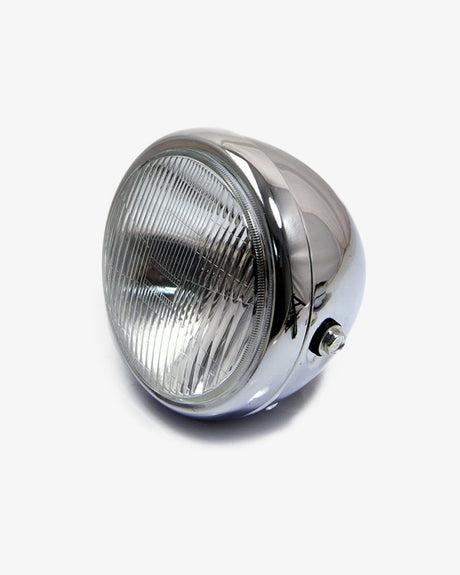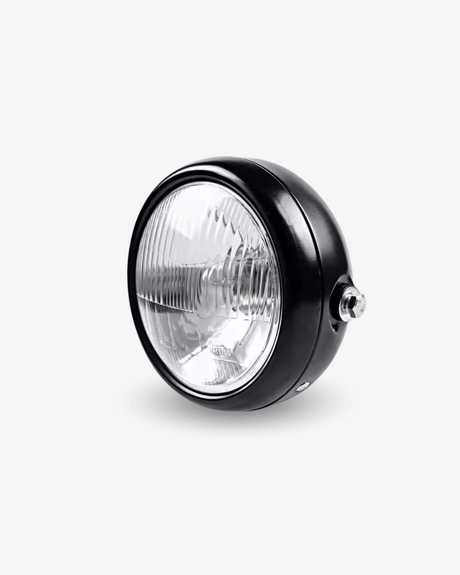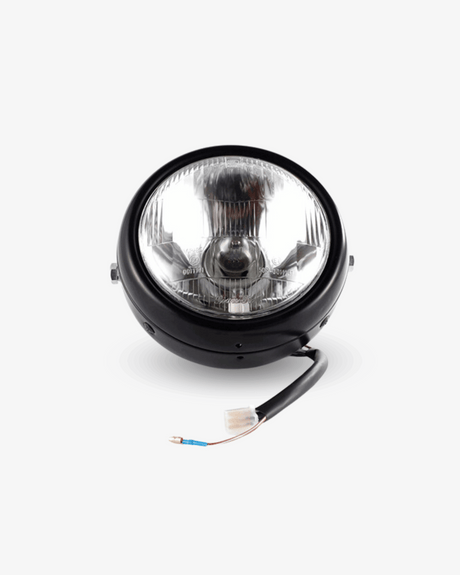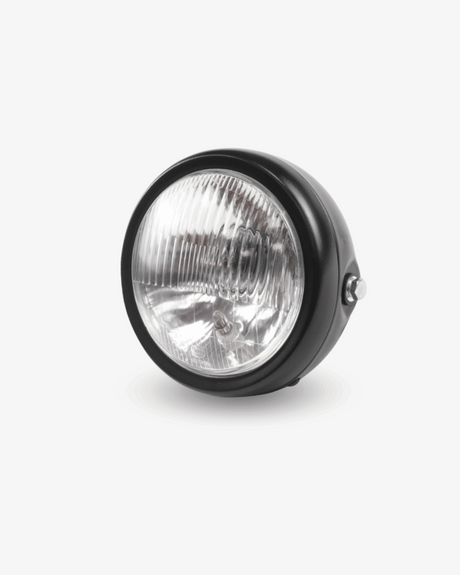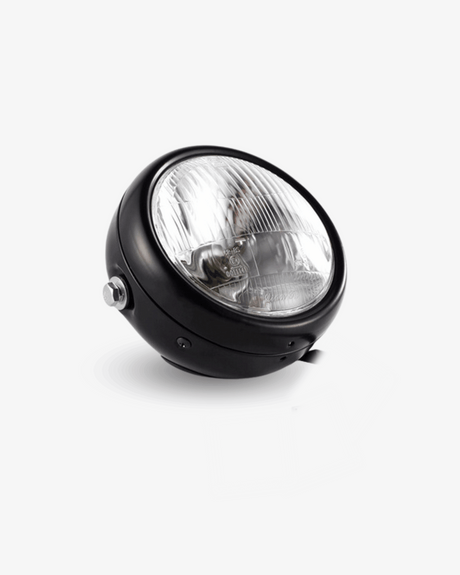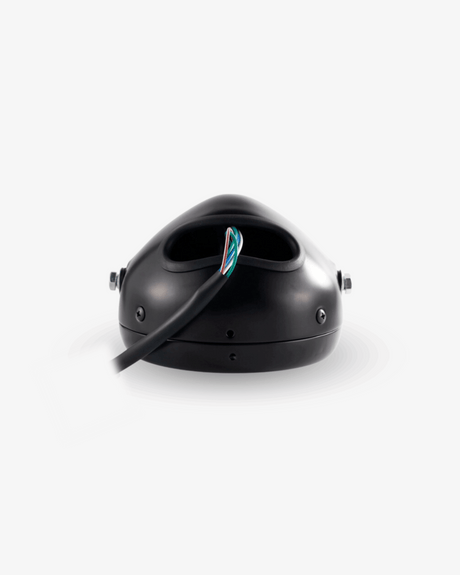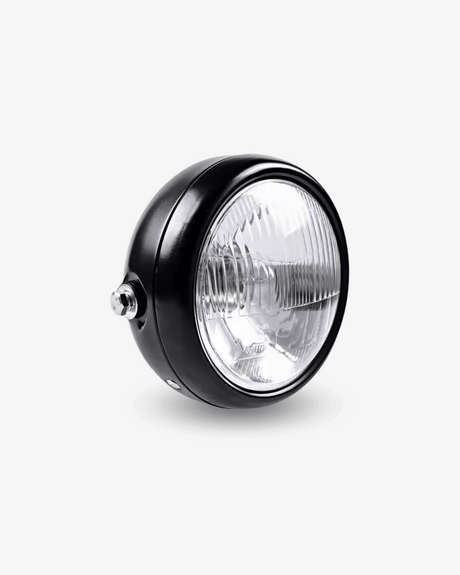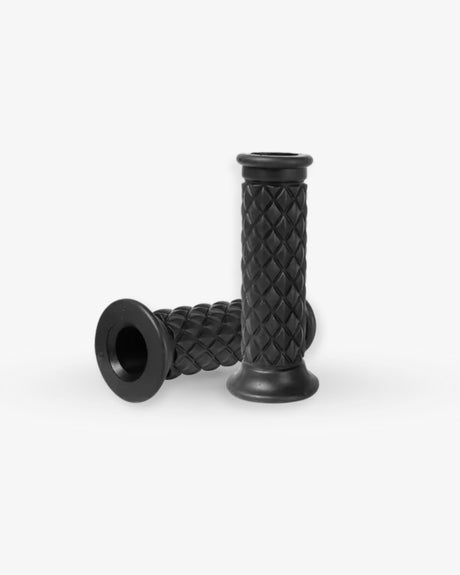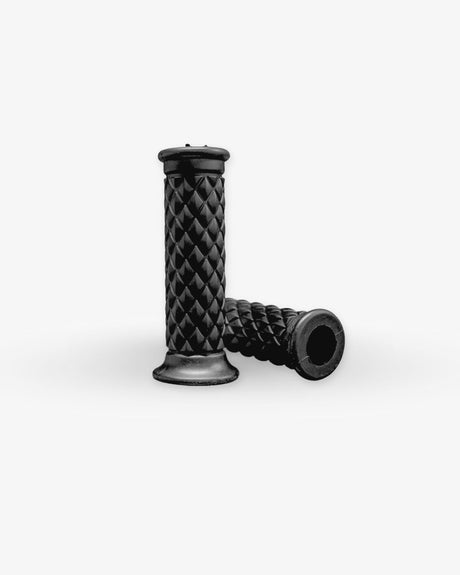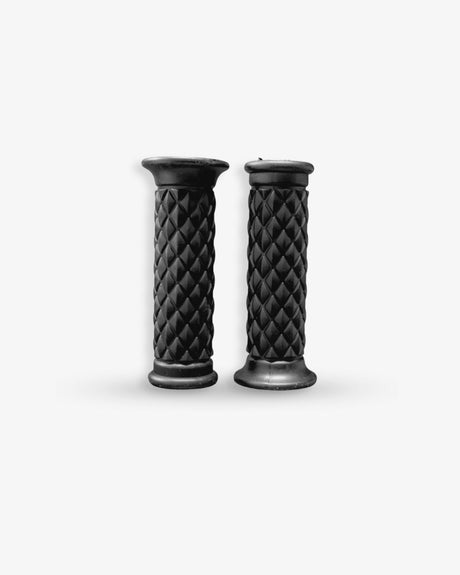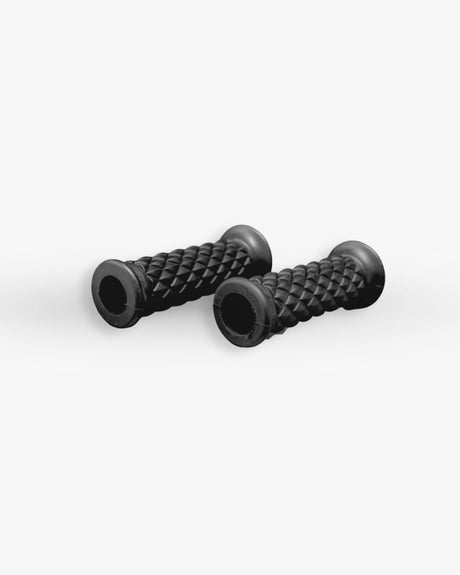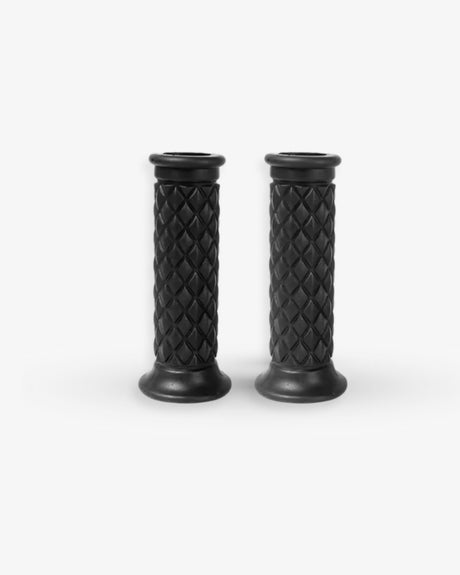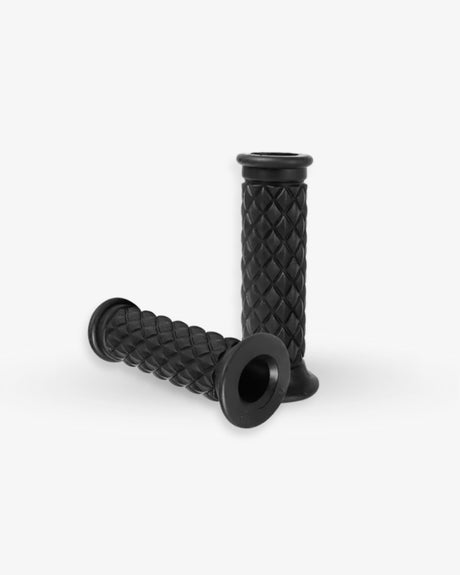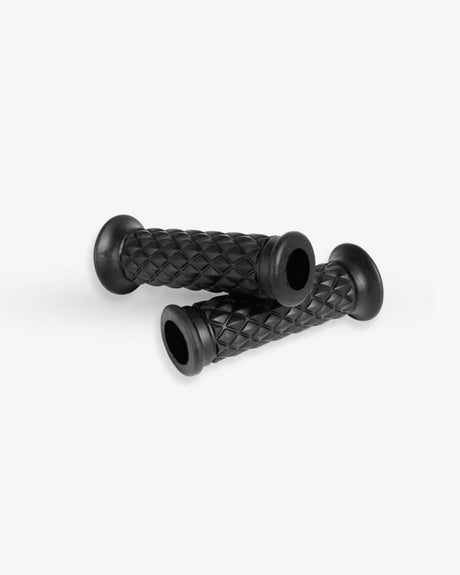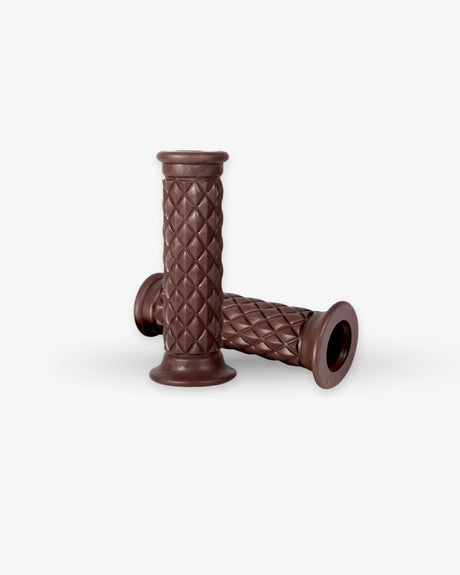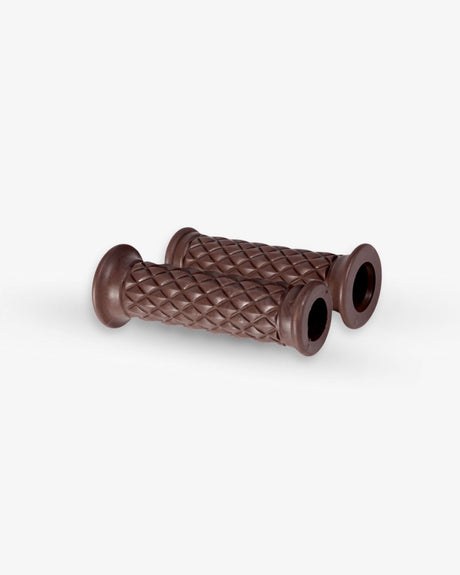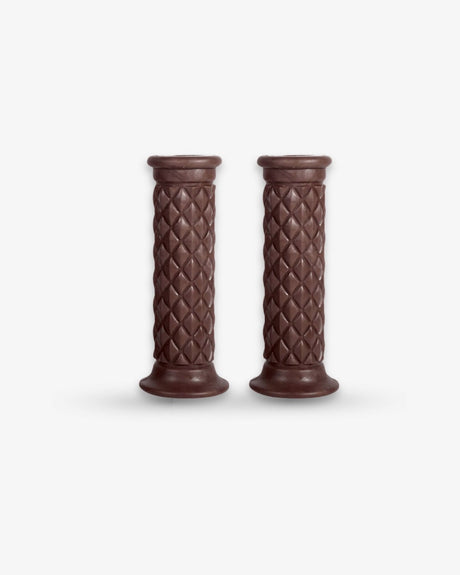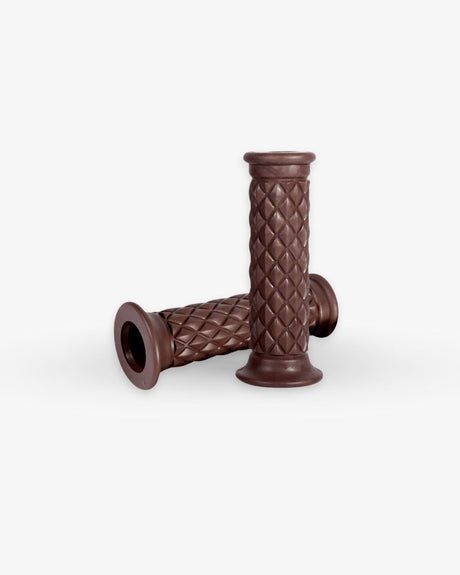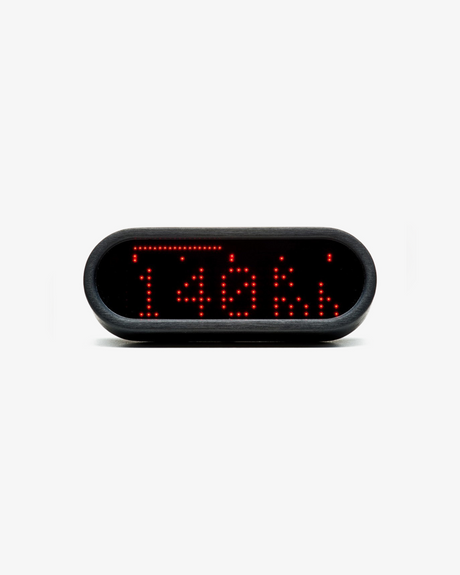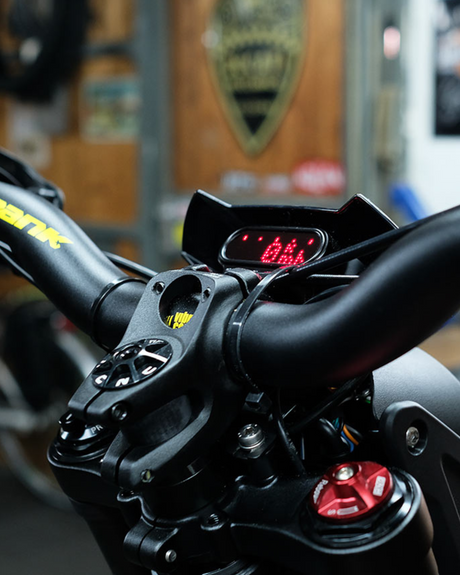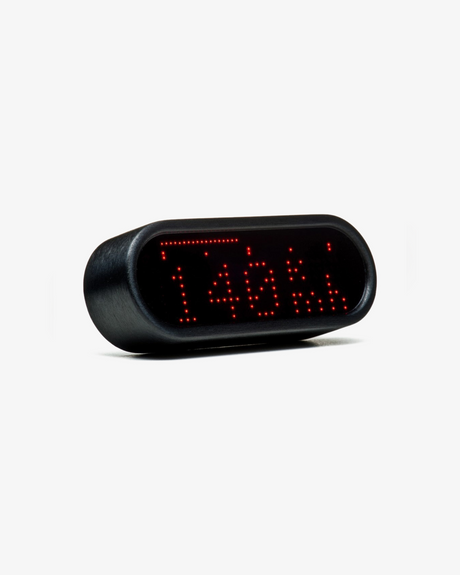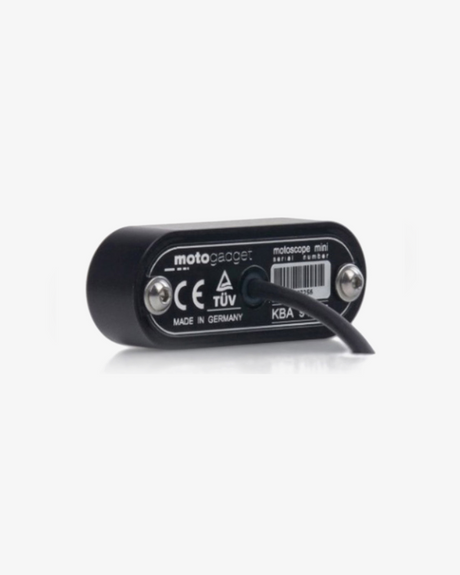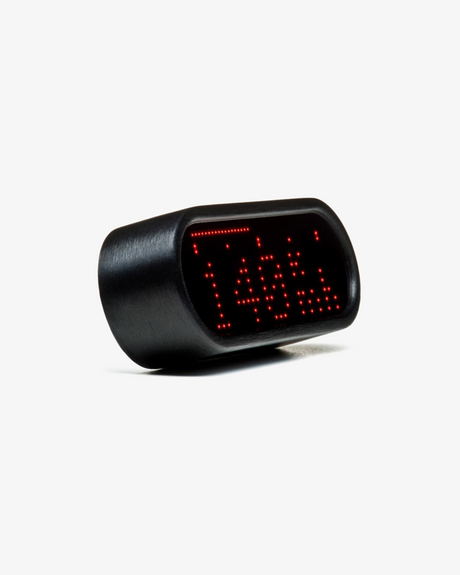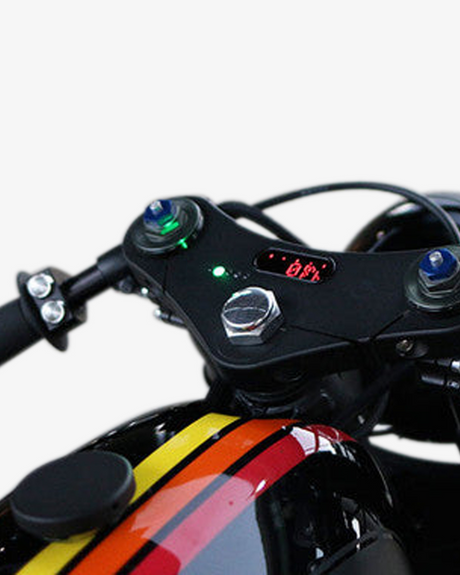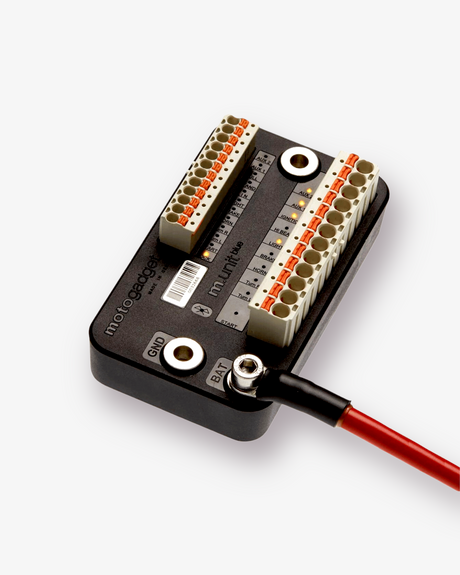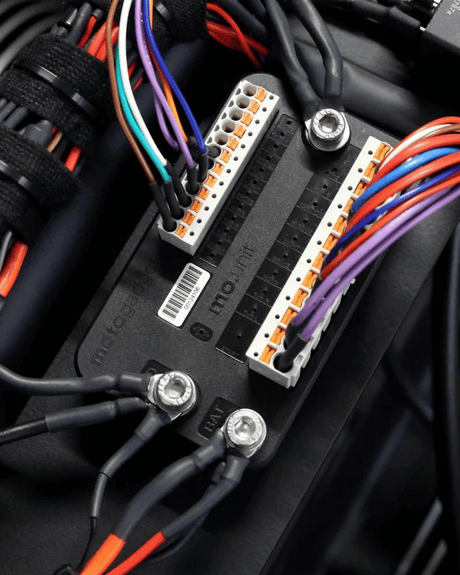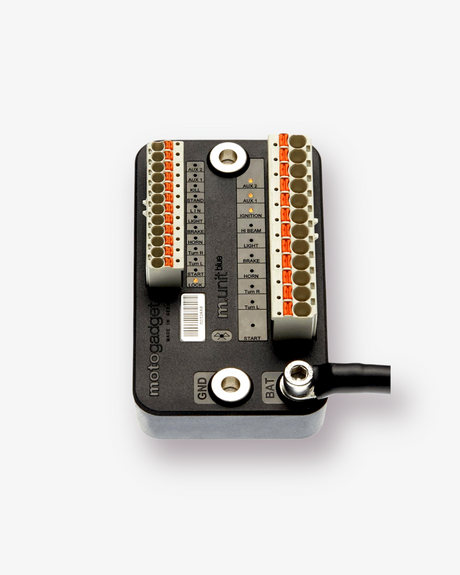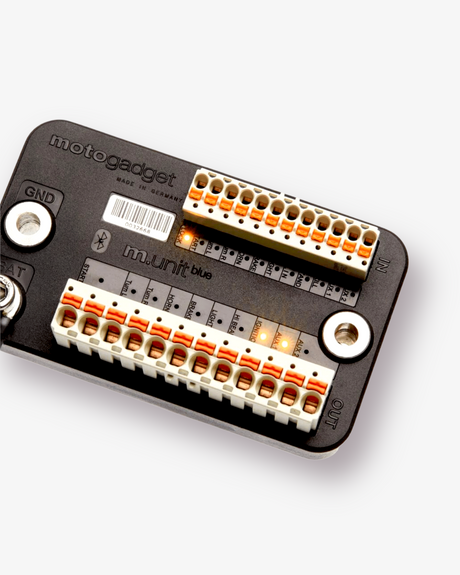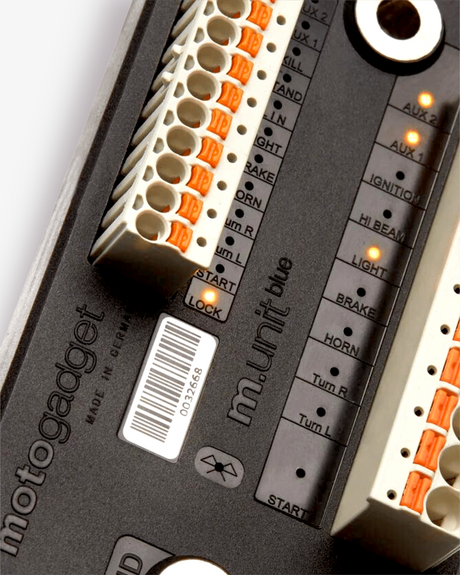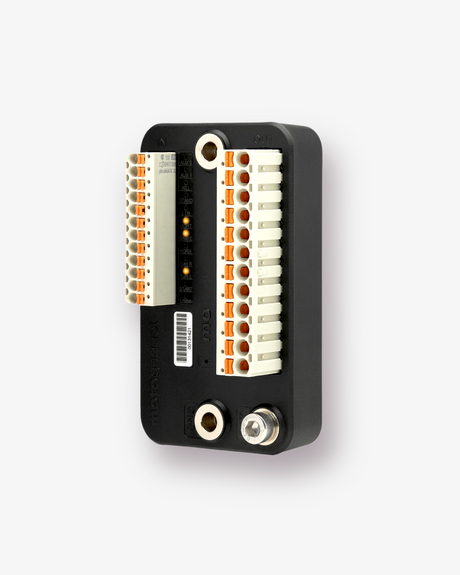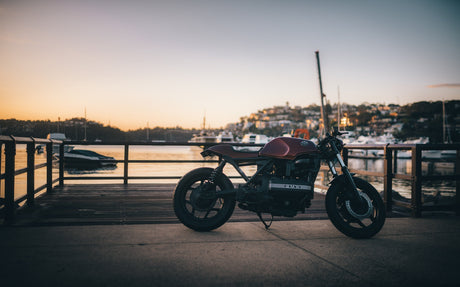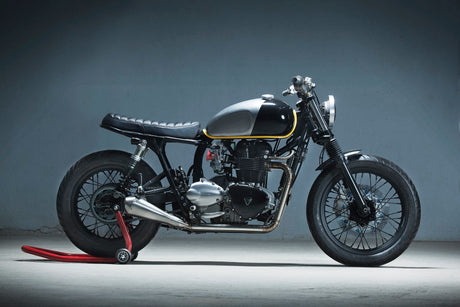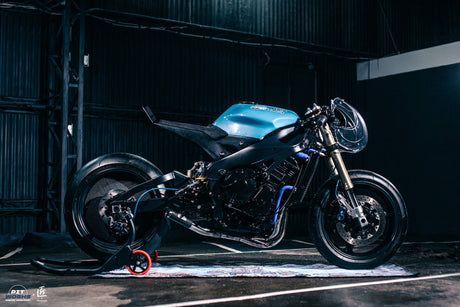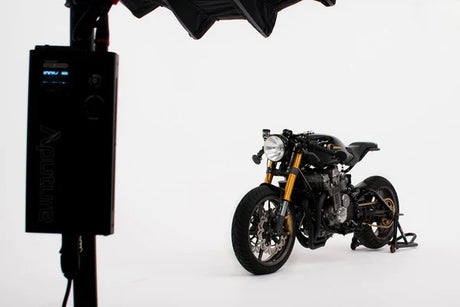Honda CB750 has a peerless reputation. It’s one of the all-time greats, and was a game-changer for the Japanese motorcycle industry. You wouldn’t want to mess with a good condition SOHC machine from the 70s, but the later generations were a bit of a mixed bag. In particular, DOHC bikes from the 90s are fair game—like this 1993 CB750 Nighthawk.

This café racer comes from Colin Darling, a mechanical engineer from Ashland, Oregon, who likes to build customs in his spare time. “It lets me step away from life as a carpet walker for a bit, get my hands dirty, and use engineering in a very creative way,” he tells us.
“This is a personal build, for the time being. I sold my last build shortly after it was finished, and immediately regretted it. So I’m going to hold onto this CB750 for a few seasons.”

The donor bike was a bone stock 1993 CB750 Nighthawk picked up in Texas. “I’ve always been a sucker for Honda engines. They’re only as complicated as needed, and just seem to work,” says Colin. “I knew this bike was going to have a deep overhaul, but I wanted it to still exude that simplicity.”
“The CB750 from that era was odd—in that it was a bitchin’ engine wrapped in tame geometry and mushy, uninspiring components.” Colin wanted his creation to ride like a modern sportbike, so he started with new suspension and brakes from the Triumph Daytona 675.

The forks are 41mm USD units, with twin disc brakes and four-piston calipers to match. Colin modified the Daytona yokes to get the forks to fit, added new turn stops, and built a beefy headlight mount into the lower triple.
Installing the rear suspension was much more complicated. “The 1993 CB750 has a dual shock setup, so converting to a monoshock is pretty much a ground-up effort,” says Colin.

Once the Daytona swingarm was mated to the CB750 frame pivot, Colin made a simple pivot point diagram in CAD so he could get an idea of where the mounting points needed to be. Then he CNC-machined new steel mounting tabs, and aluminum rocker arm plates.
The shock itself came from a 2014 Suzuki GSX-R750, and is a huge upgrade over the original Nighthawk suspenders.

The monoshock conversion also meant a new rear subframe. So Colin designed and fabricated one that also neatly houses the electronics and the battery, despite the slim silhouette. The taillight is an integrated LED hidden behind the perforated plate in the tail section.
The subframe is now carrying a custom seat wrapped in Spinneybeck’s ‘Volo’ leather, an ultra premium European cowhide. The upholstery was handled by Don Desroches of Austin, Texas, and Colin has raised the rear tank mounting point slightly to meet the new seat—and deliver the lines he wanted.

Honda did get it right with the Nighthawk engine, which delivers a smooth 75 horses with the help of four Keihin carbs. Colin has added CNC-machined air filter boxes and an aftermarket 4-into-1 exhaust with a slash cut tip, which he modified a little.
The carbs have been re-jetted to suit, and for a little more fun around town, Colin has nudged the final drive up to 2.76 with a new rear sprocket. A D.I.D. VX3 chain helps minimize drivetrain losses.

For lighting, Colin opted for a classic Bates headlight with a conversion lens running a 6K LED bulb. And the bulky instrument cluster was simplified with a Koso 72mm digital gauge.
New rear sets, clip-on handlebars, new levers and new throttle and clutch cables from Motion Pro complete the control system upgrade.

The paint proved to be tricky. “I tried a few different paint jobs on the bike—two tone, stripes and so on,” Colin reveals. “They all made it appear too busy, and I didn’t want the focal point to be paint.”
The solution was a simple non-metallic black, with a gloss clear coat. “It fits the rest of the bike incredibly well. Subtle color was added back with 3D-printed tank badges and ceramic coated bits throughout.”


These days, if you’re in the States you can pick up a good Nighthawk for just two or three grand. That makes it one of the bigger bargains on the custom scene, especially when you factor in the quality (and longevity) of Honda engines.
Anyone else feeling inspired to have a go?
Build by Darling Cycles | Images by Pretty Sweet Studios

